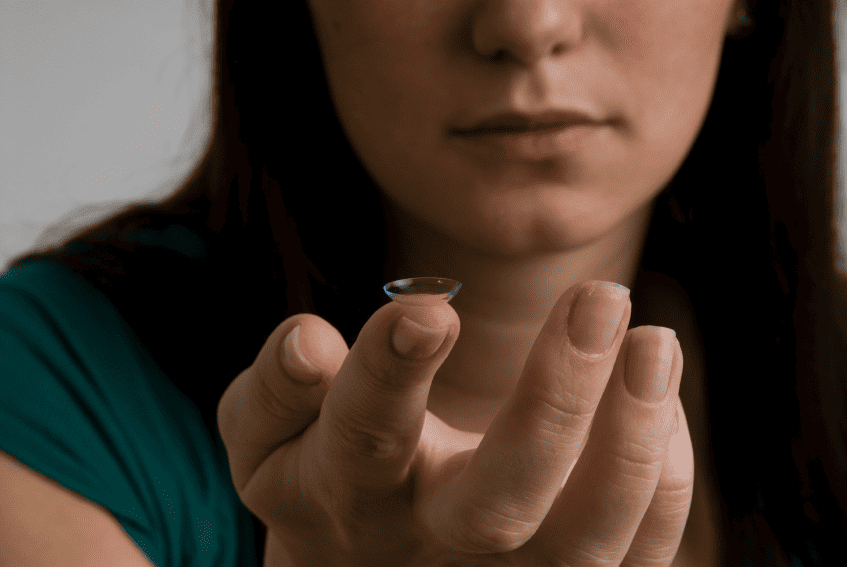When considering LASIK over contact lenses, many patients’ biggest concern is the safety of LASIK. What many do not realize is that patients have a higher risk of losing correctible vision with contact lenses than by undergoing LASIK eye surgery, a one-time surgical procedure. In fact, that risk is perhaps up to 10 times higher.
Many contact lens wearers do not properly take care of their lenses and this is what can cause infection. For example, wearing contacts during sleep, swimming in them, not cleaning them properly, and not replacing them regularly increases the risk of infection and could damage eyesight permanently. However with LASIK, the laser technology being used today is the safest it has ever been.
LASIK provides phenomenal precision and very predictable results. A person with a typical refractive error has a 93% chance of having their vision fully corrected after the LASIK procedure and without requiring additional treatment, contacts, or glasses. For those who still have some refractive error after surgery, the majority can be re-treated to achieve optimal results. In terms of the risk of losing correctible vision as a result of the surgery, the risk is extremely small – only 1 in 1,000 experience significant complications.
Ophthalmologist Clayton Falknor, M.D. said, “Of all the things that I do surgically, LASIK is the most accurate and the most consistent with the best results. After healing, your eyesight is normally stable for 10-20 years, depending on your age at the time of surgery.”
If you are interested in LASIK, but concerned about the safety, speak with your ophthalmologist about the procedure. At Eye Clinic of Austin, we offer free LASIK consultations to determine candidacy for the procedure. This appointment also provides patients an opportunity to speak with the eye doctor, ask questions, and discuss any concerns.

